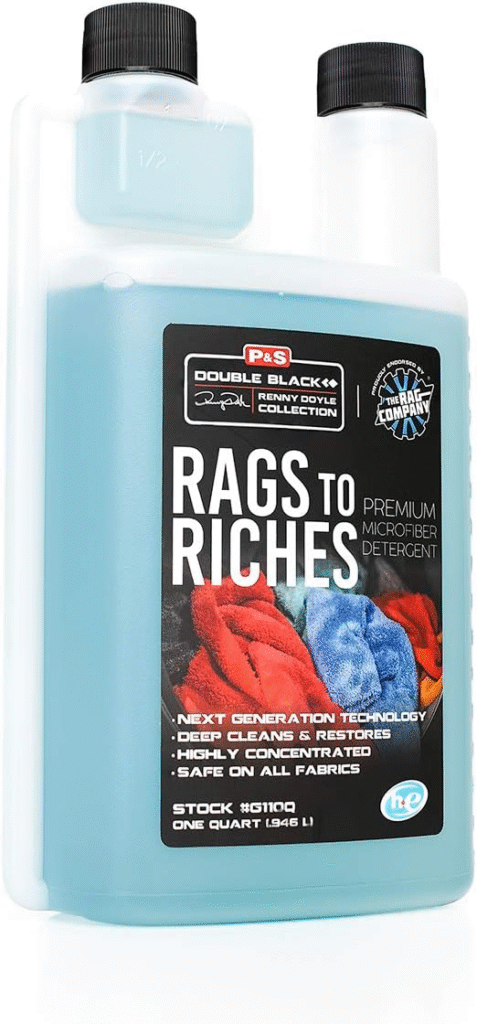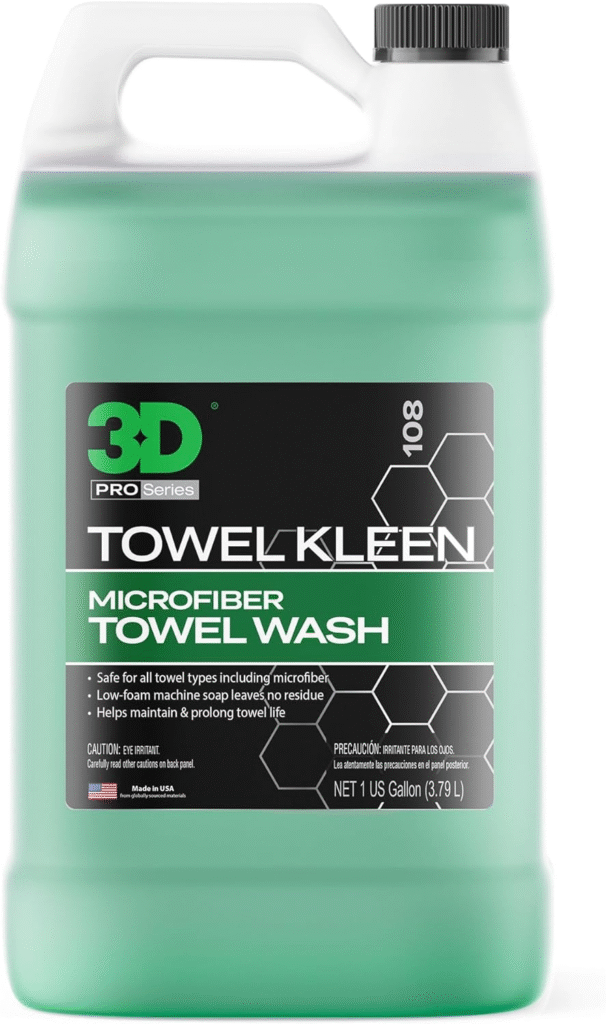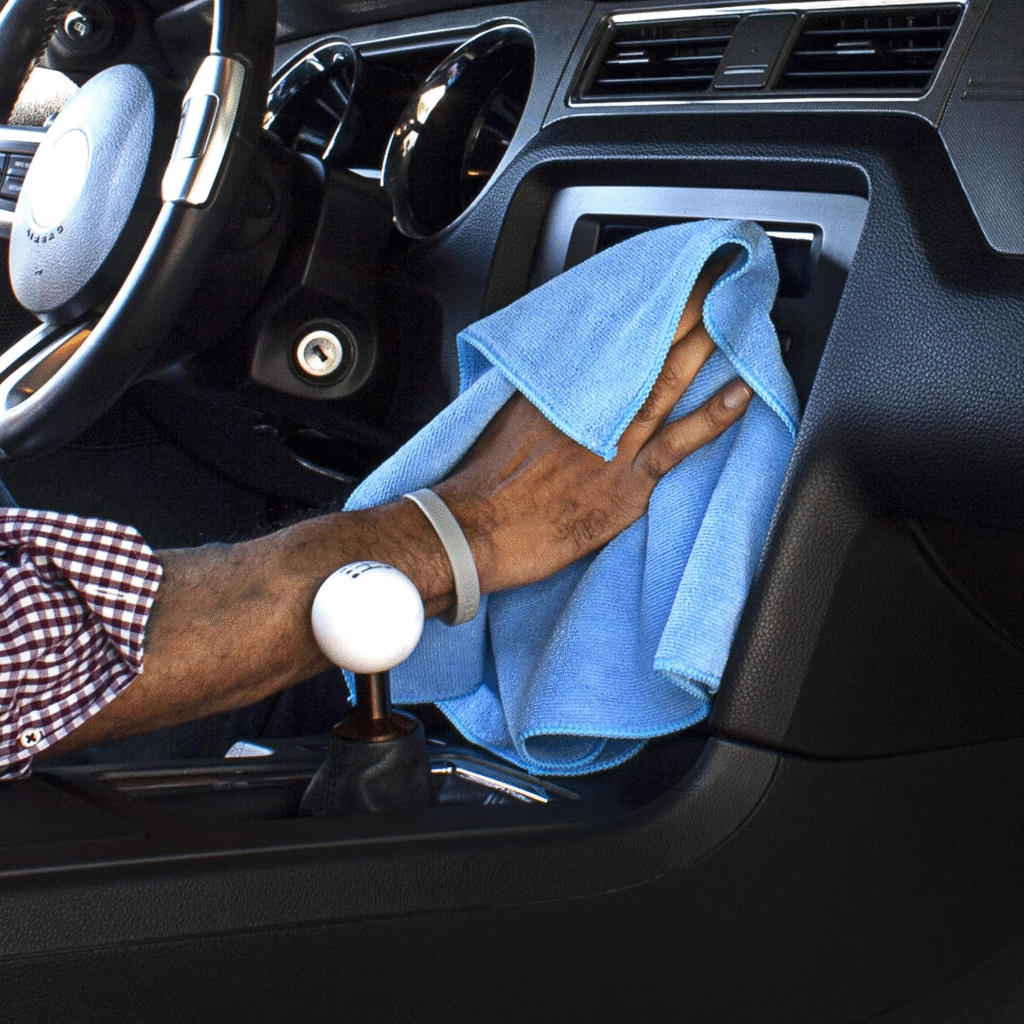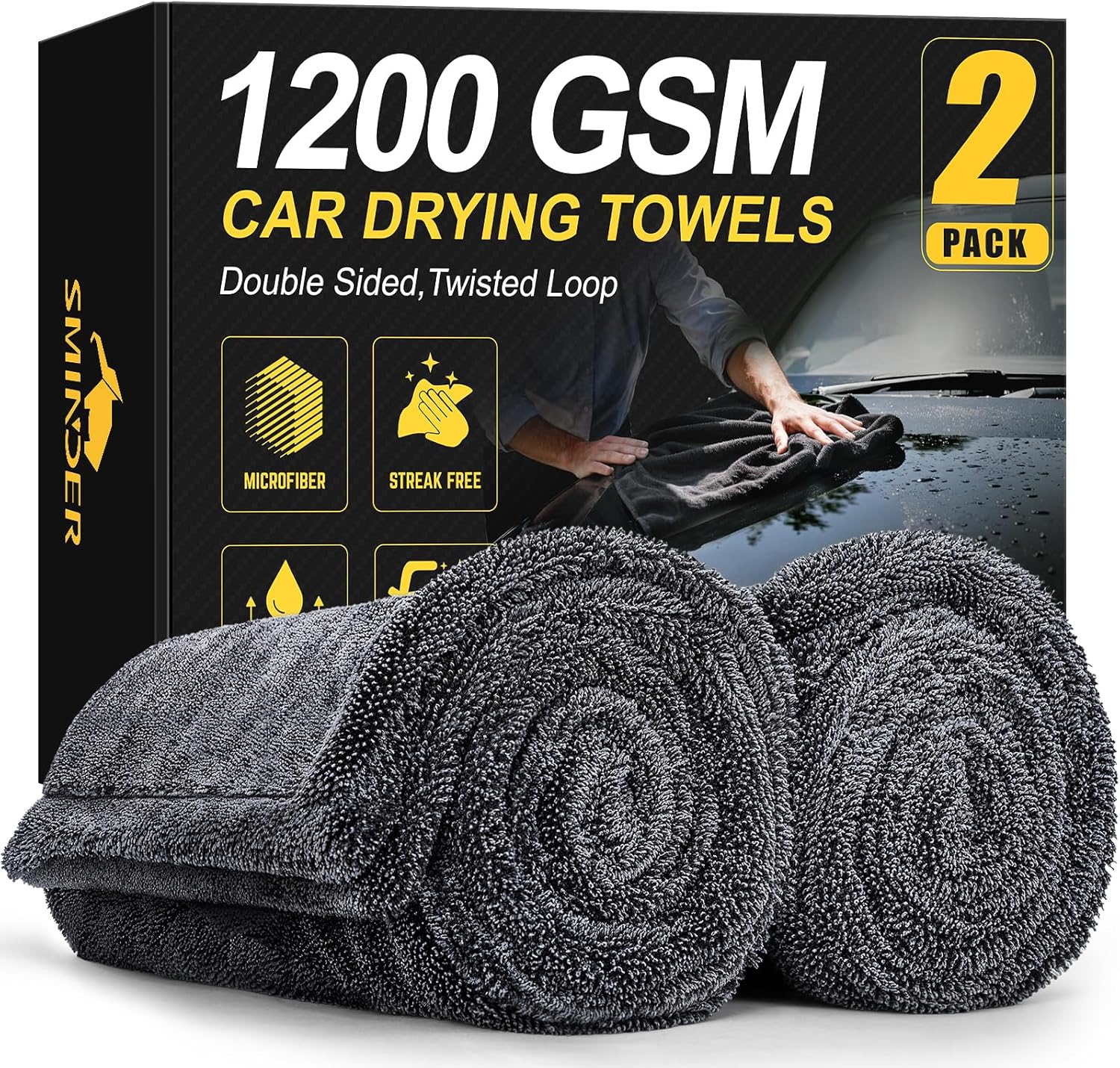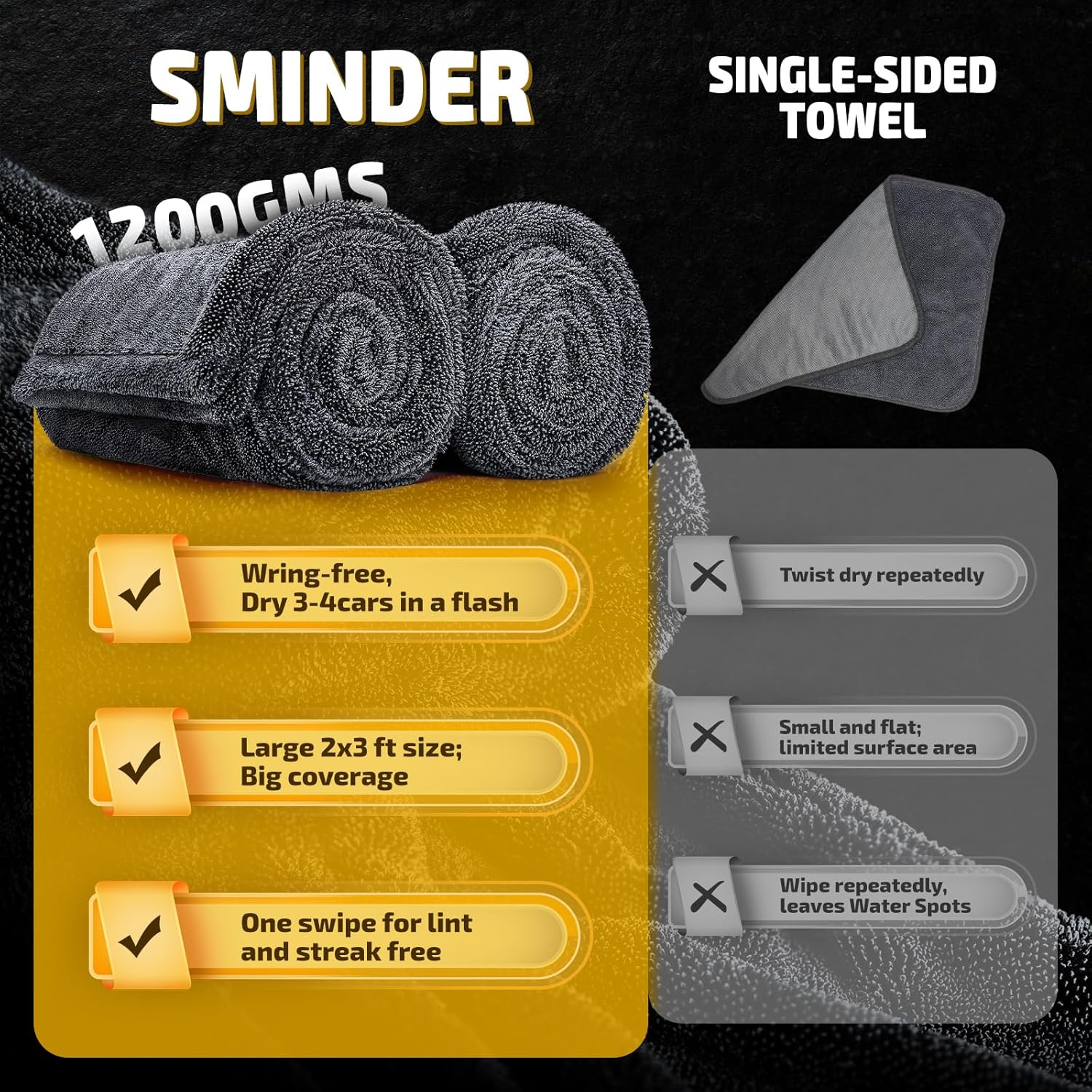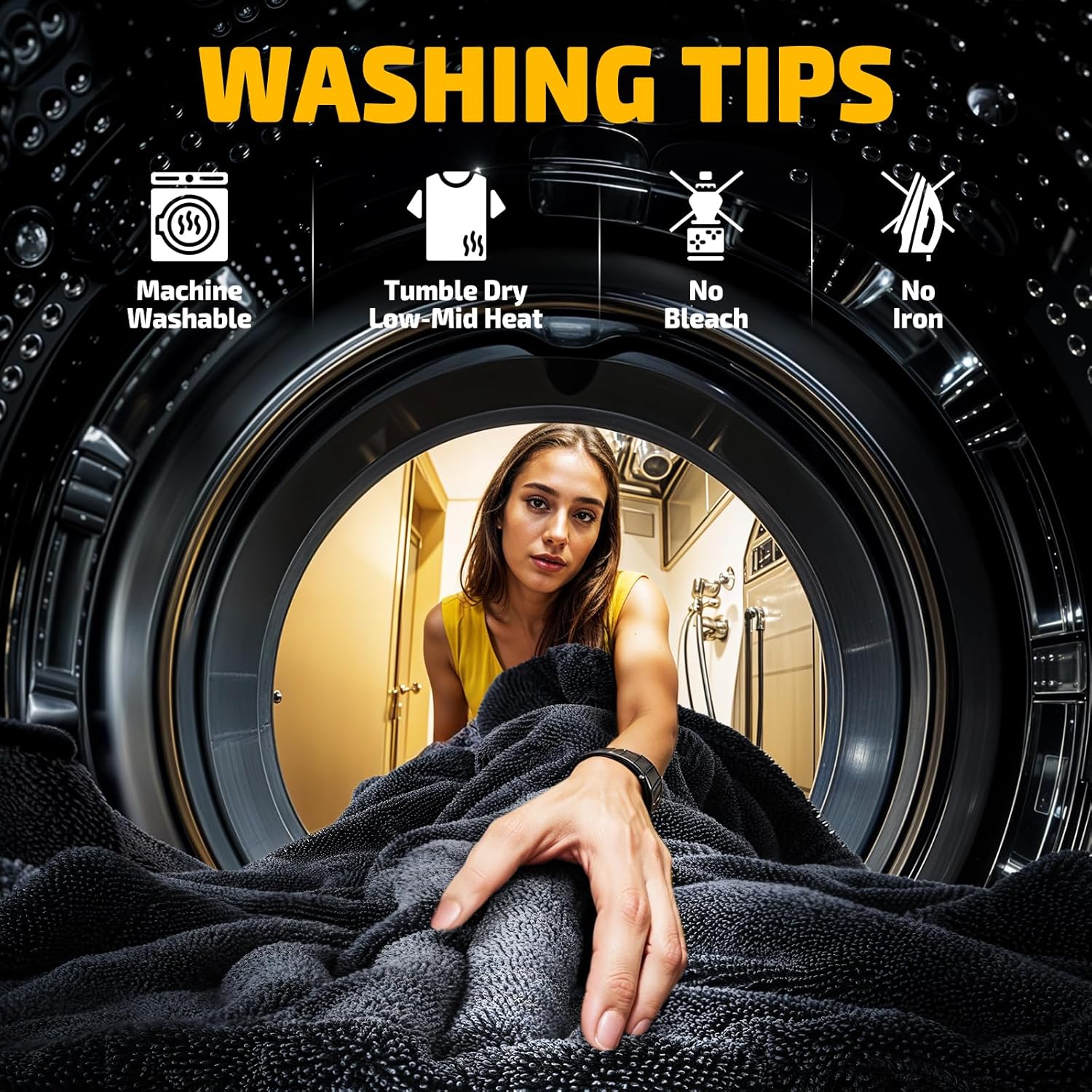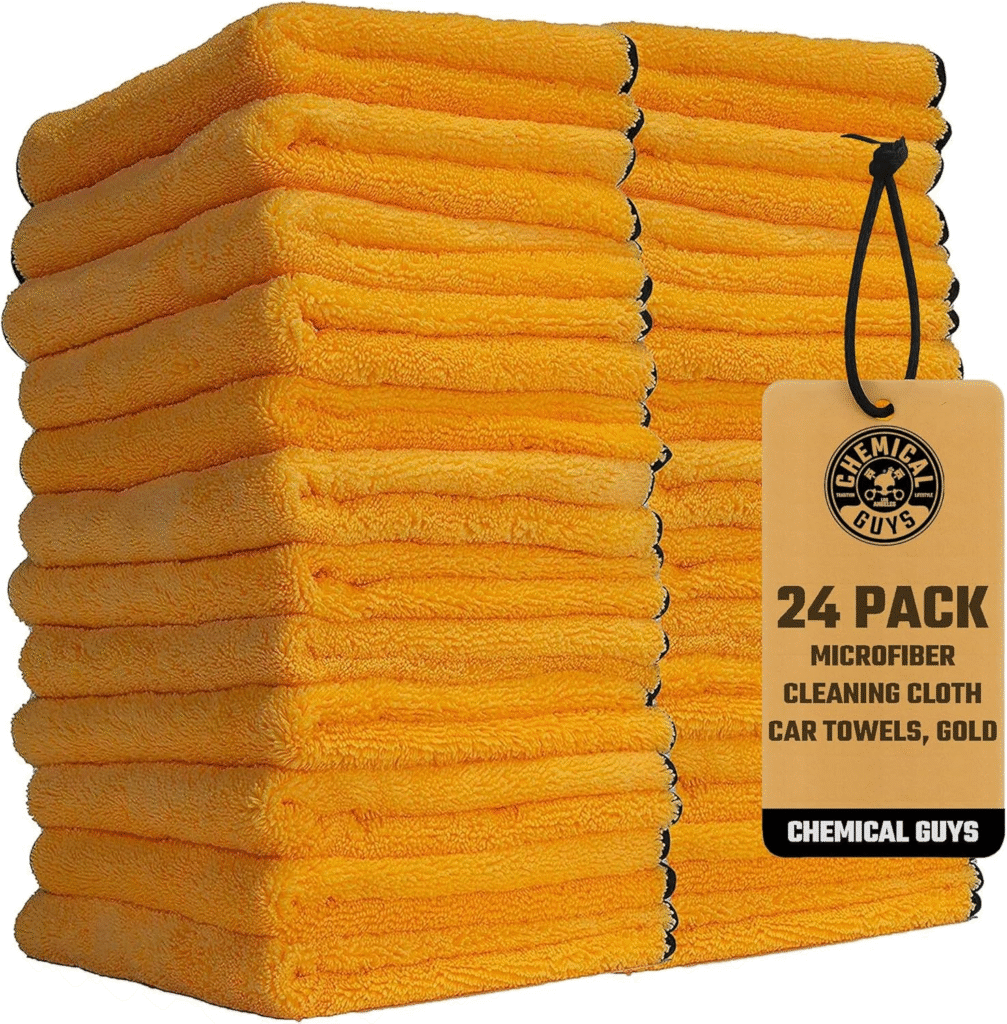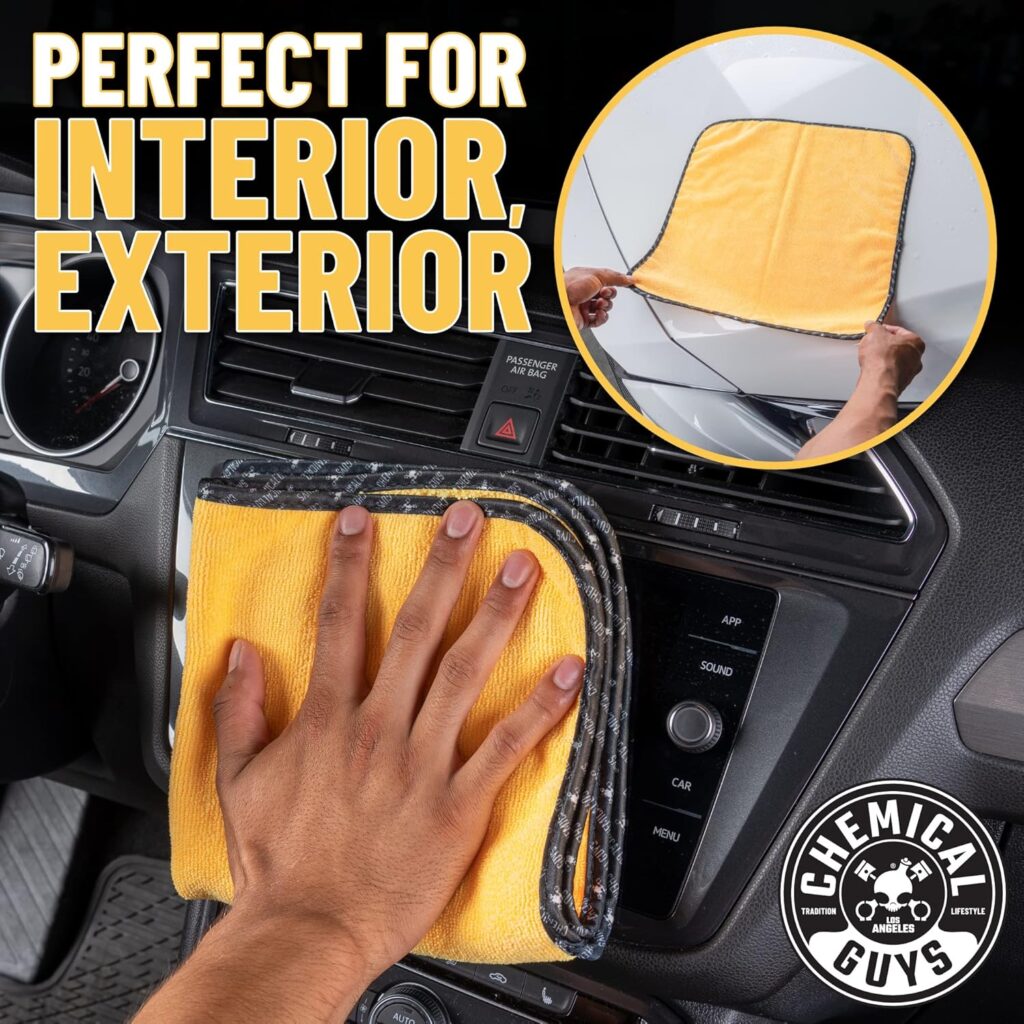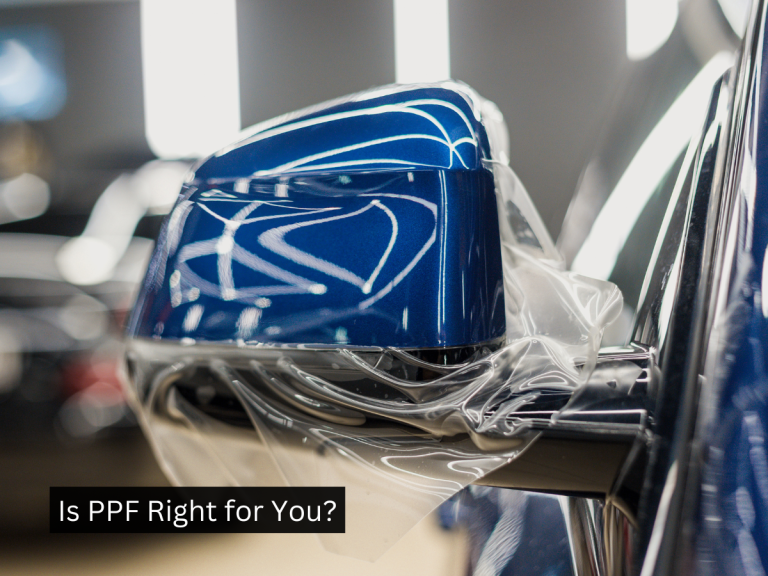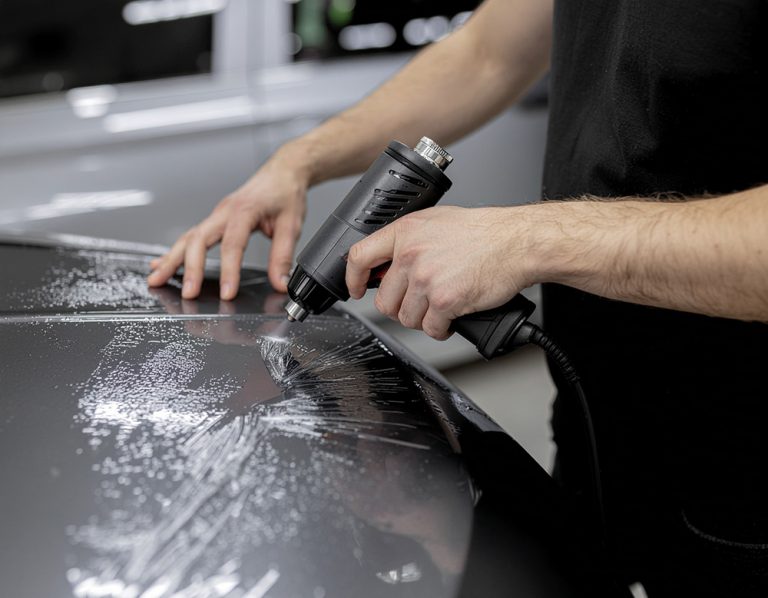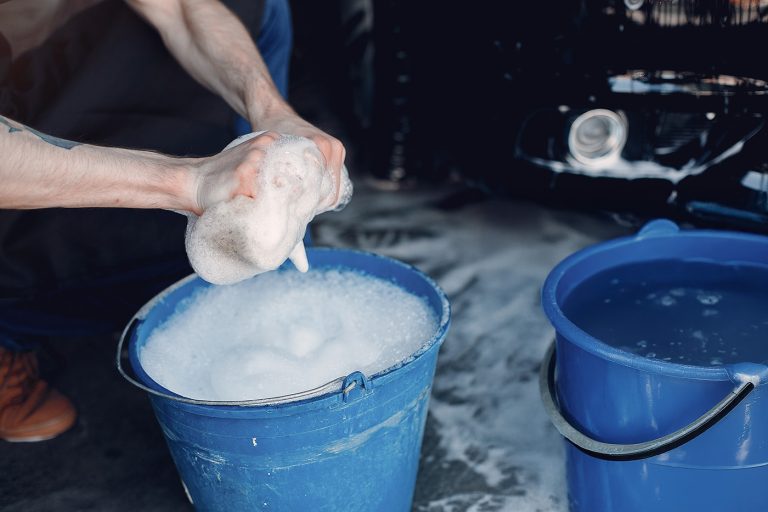How to Wash Microfiber Towels
Microfiber shop towels keep the detailing bay, garage, or workshop flowing. They absorb grease, wipe away polish, and catch dirt day after day. But if they are not cleaned and managed properly, dirty towels quickly become a liability—spreading grime, scratching paint, and shortening their usable life. Managing a reliable wash process not only keeps towels fresh but also saves money by reducing how often they need to be replaced.
Here are several proven methods for keeping shop towels clean and effective.
1. Segregate Towels by Use & Material Type

One of the biggest mistakes is throwing all dirty towels into the same bin. A towel used on greasy wheels should never end up in the same wash load as a towel used for delicate paint.
Same for different cloth materials. Never wash microfiber with other clothing or cotton towels. The microfiber towels might collect lint from clothes on them that will be annoying to take out.
One way to keep things straight is to have towels of different colors be used for the 3 different categories split by what area it's being used in.
Microfiber Towel Lifecycle
- First Use:
- New and unused microfiber towel ready for any cleaning tasks especially coating and waxing vehicle exteriors
- Paint Cleaning and Polishing:
- Gently clean and polishes car paint, removing dirt and dust.
- Interior Cleaning
- Wipe interior surfaces like dashboard and seats, using shorter pile towels.
- Wheel and Tire Cleaning:
- Handles tougher tasks, scrubs wheels and tires with more texture.
- Engine Bay Cleaning:
- Cleans engine bay, dedicated towels for grease and oil.
- Degradation and Specialization:
- Towels wear, downgrade to less delicate tasks or repurpose.
Outcome: Towels last longer, and you reduce the risk of cross-contamination that could scratch finishes or leave behind oily residue.
2. Pre-Treat Heavy Stains
Grease, polish, and waxes can cling stubbornly to microfiber or cotton fibers. Before tossing towels into the wash, apply a degreaser or dedicated microfiber pre-treatment spray to problem spots. Letting the solution soak in for 10–15 minutes helps break down the residue.
Outcome: Cleaner results after washing and fewer re-wash cycles needed.
Whip It Plant Based Enzyme Cleaner
- 5.8k+ Reviews / 4.5 Stars
- PLANT BASED - Made from ecuaplytus, citrus, corn, and other powerful plant based ingredients.
- USE ON MOST SURFACES - Contains no alcohol, ammonia, bleaches or dyes
- READY TO GO - Premixed spray formula. Spray and wipe stains away
3. Use the Right Detergent
Standard household detergents often contain fabric softeners or fragrances that can coat fibers and reduce absorbency. Instead, choose a detergent designed for microfiber or free of dyes and softeners. Avoid bleach, which can harden fibers and reduce towel effectiveness.
Outcome: Towels stay soft, absorbent, and safe for delicate surfaces.
Recommended Product:
P&S Rags to Riches Microfiber Detergent
- 2.9k+ Reviews / 4.5 Stars
- Next Generation Microfiber Cleaning Technology
- Deep cleans & effectively restores Microfiber Absorbency. Use as a wash aid or as a pre-soak
- Highly concentrated formula works with all washing machines
- Safe On All Fabrics
3D - Towel Clean Microfiber Detergent
- 342+ Reviews / 4.5 Stars
- Premium low foam microfiber towel launder detergent soap that cleans stains and maintains towel absorbency
- Our no residue formula works to maintain microfiber towel cleaning properties so you can re-use your towels over and over again
- Protects your towels longer than regular detergents and soap!
4. Machine Wash with Warm Water and Extra Rinses
For most shop towels, warm water is ideal—it’s hot enough to break down oils but not so hot that it damages fibers. Add an extra rinse cycle to ensure all detergent and residue is flushed away. Some shops even run two complete wash cycles on heavily soiled loads.
Outcome: Cleaner towels with no leftover detergent film that could smear on glass or paint.
Important Tip: Clean the Washer
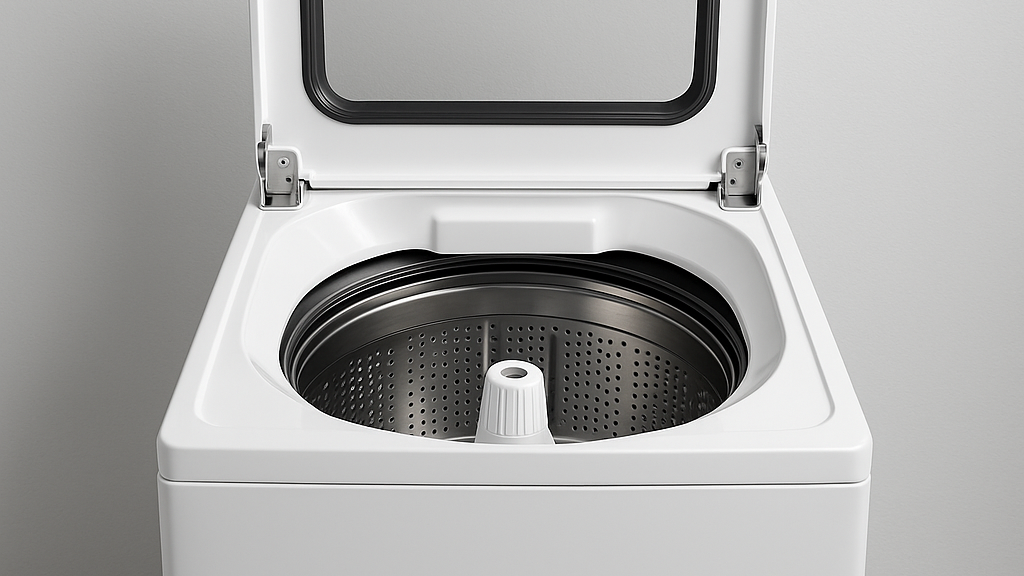
You will want to go in after the wash load is complete and wipe down and clean the washing machine to make sure any excess dirt or grime is gone before your next normal wash load.
Take a microfiber cloth and wipe down the wash basin to remove any leftover dirt and grime that might be left over.
When you are done wiping the machine, run it through a wash cycle empty to rinse it. This step will help remove any leftover residue.
Hand Washing Microfiber Instead
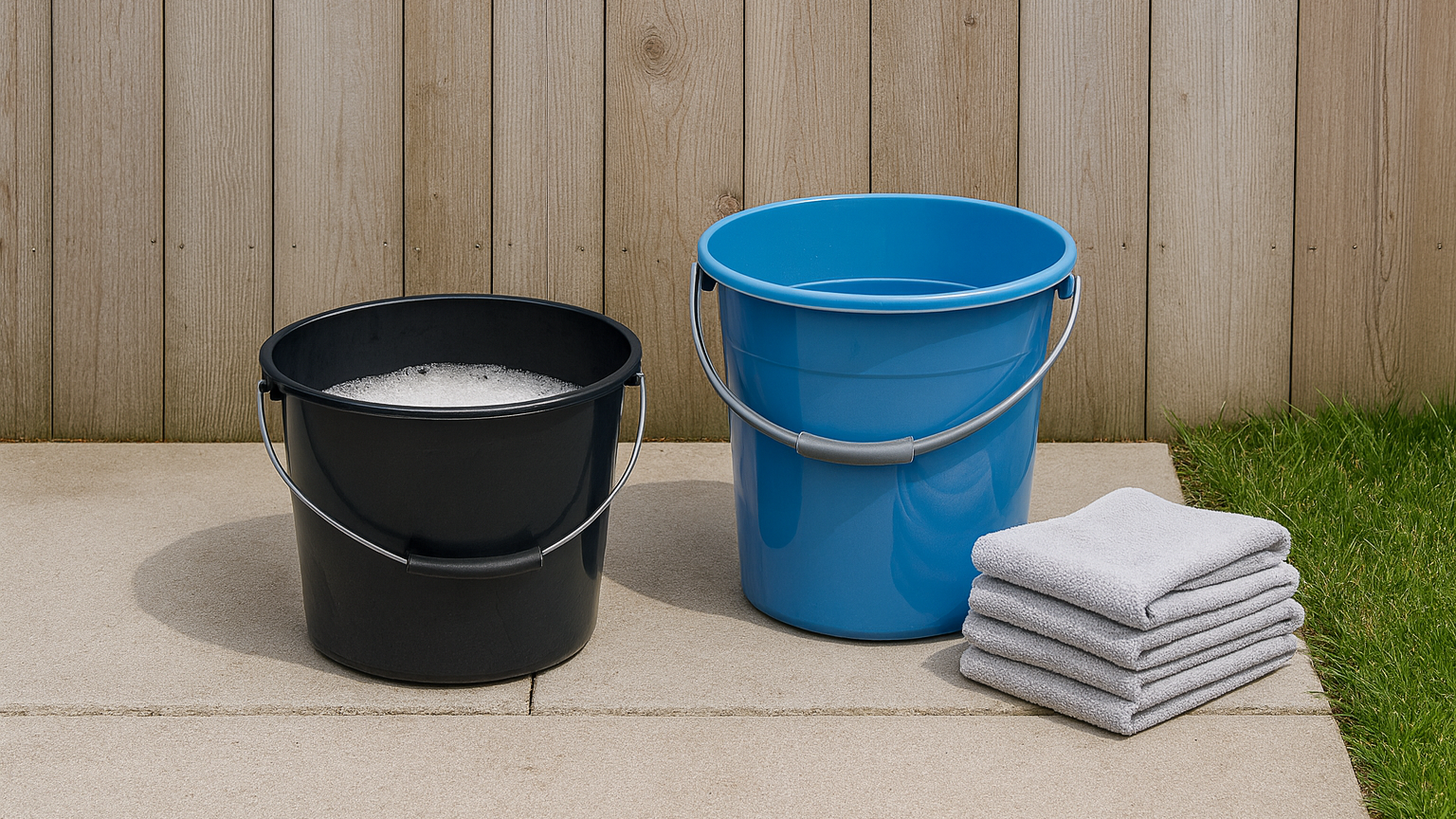
Don't want to gunk up your washer? The hand-washing method also works to get those microfiber towels back into the mix.
Tools:
- Two buckets, wash bin or washboard
- Scrub Brush
- A Microfiber cleaning solutions above
Hand Washing Instructions:
- Shake Out Debris
- Shake your microfiber towels over a trash can or outside to remove loose dirt, dust, and debris before washing.
- Prepare Two Buckets
- Fill one bucket with lukewarm water and the other with cold water for rinsing.
- Soak with Detergent
- Add a few drops of microfiber-safe detergent to the lukewarm water. Submerge the towels and let them soak for several minutes.
- Gently Scrub
- Use a soft brush or washboard to lightly scrub away dirt. For heavily soiled towels, repeat the soak-and-wash process as needed.
- Rinse Thoroughly
- Transfer the towels to the cold-water bucket and agitate gently to rinse out detergent and remaining dirt.
- Final Rinse
- Rinse each towel under cold running water in the sink until the water runs clear.
- Wring and Dry
- Gently wring out excess water without twisting too hard. Hang to air-dry or tumble dry on low heat if needed.
Note: if your microfiber cloths are heavily soiled, retreat the stains with a stain remover before beginning to wash microfiber towels.

5. Drying Techniques Matter

High heat in a dryer can melt or damage microfiber. Instead, tumble dry on low or air dry. If air drying, make sure towels are fully spread out to avoid mildew. Adding dryer balls helps fluff towels and prevents them from clumping.
Outcome: Towels stay fluffy, soft, and free of trapped moisture.
6. Establish a Dirty Towel Workflow
To keep things organized, set up a clear process:
- Collection bins:
- Have separate labeled bins for paint, interior, and wheel towels.
- Daily or Weekly Wash Schedule:
- Depending on shop volume, wash towels either daily or in bulk at the end of the week.
- Storage:
- Once clean, fold and store towels in sealed bins or cabinets to prevent dust contamination.
Outcome: Staff saves time, towels are always ready to use, and the risk of reusing dirty ones by mistake drops significantly.
Recommended 5-Star Microfiber Towels:

200 GSM - The Rag Company
- 60+ Reviews / 5 STARS
- Edgeless and tagless
- Gets softer with each wash
- Easy tear-away
350 GSM - Detailers Preference
- 16+ Reviews / 5 STARS
- 16 x 16 towel delivers precision-level detailing with the absorbency and durability pros rely on
- No fray corners
- Holds up to 8 times it's weight in water
1200 GSM Drying Towels
- 651+ Reviews / 5 STARS
- Super Absorbent & Ultra-Effective: Each towel absorbs over 9 times its weight in water
- Durable and machine washable
- 2 x 36"x24" microfiber drying towels
Chemical Guys - Edgeless Towels
- 2k+ Reviews / 5 STARS
- Luxurious 2-sided pile that prevents scratches and swirls
- Soft edges so entire rag protects paint
- Perfect for final touches, buffing and wiping
7. Outsourcing Options
For high-volume shops, outsourcing towel laundering to a professional service can free up time. Many companies offer pickup and delivery for dirty towels, along with industrial-grade cleaning that removes oil and chemicals.
Outcome: Reduced labor, consistent towel quality, and compliance with environmental regulations for disposing of oil-laden wash water.
Final Thoughts
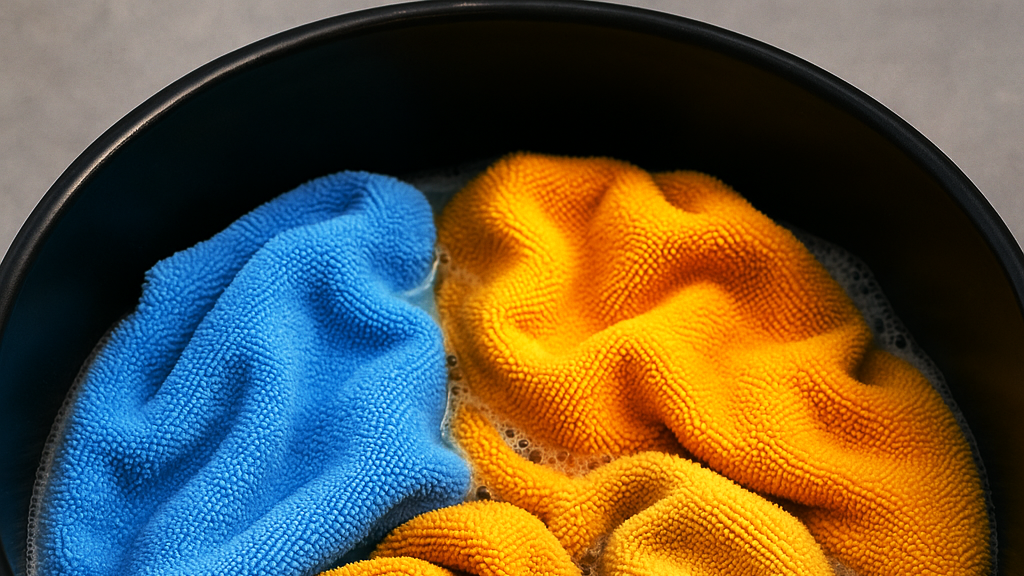
Managing the wash process for dirty shop towels might seem like a small detail, but it has a huge impact on efficiency, safety, and results.
Clean, well-maintained towels help prevent scratches, keep cars spotless, and protect your bottom line. Whether you run a single-bay garage or a high-volume detailing shop, setting up a clear process—from sorting and pre-treating to washing, drying, and storage—ensures that your towels stay as reliable as the day you bought them.



